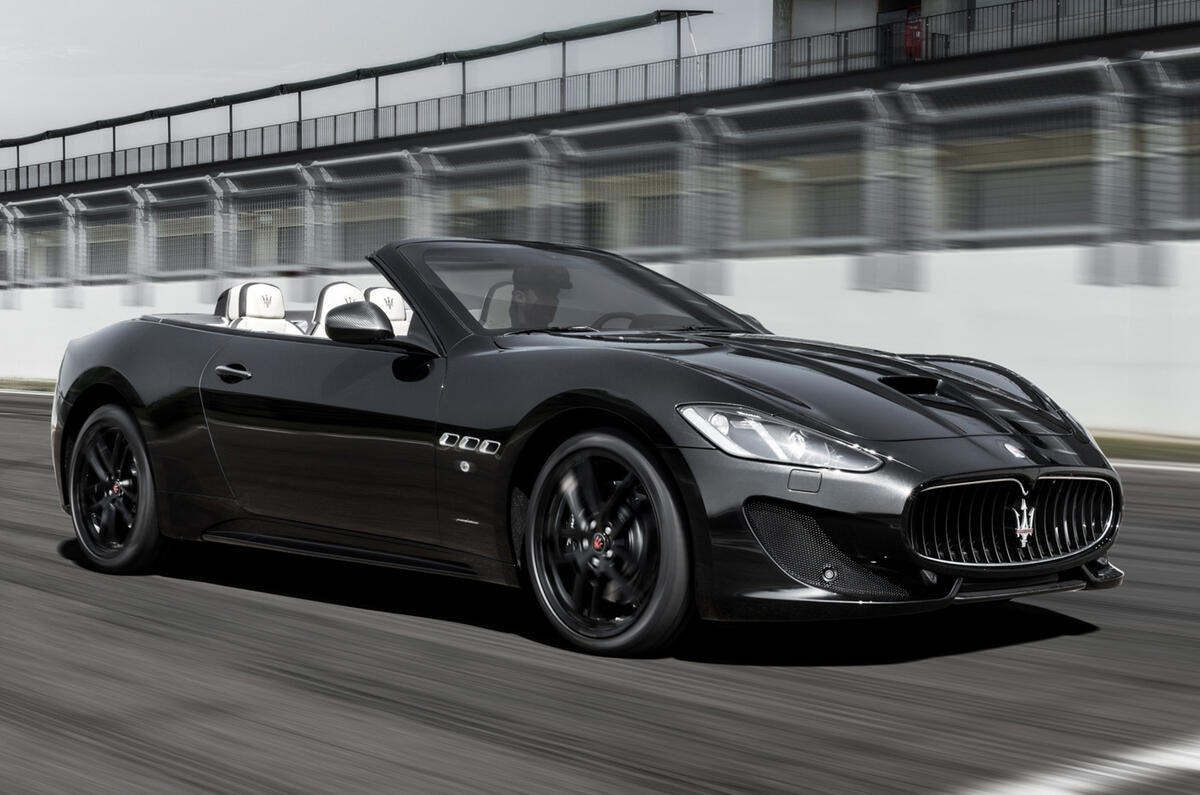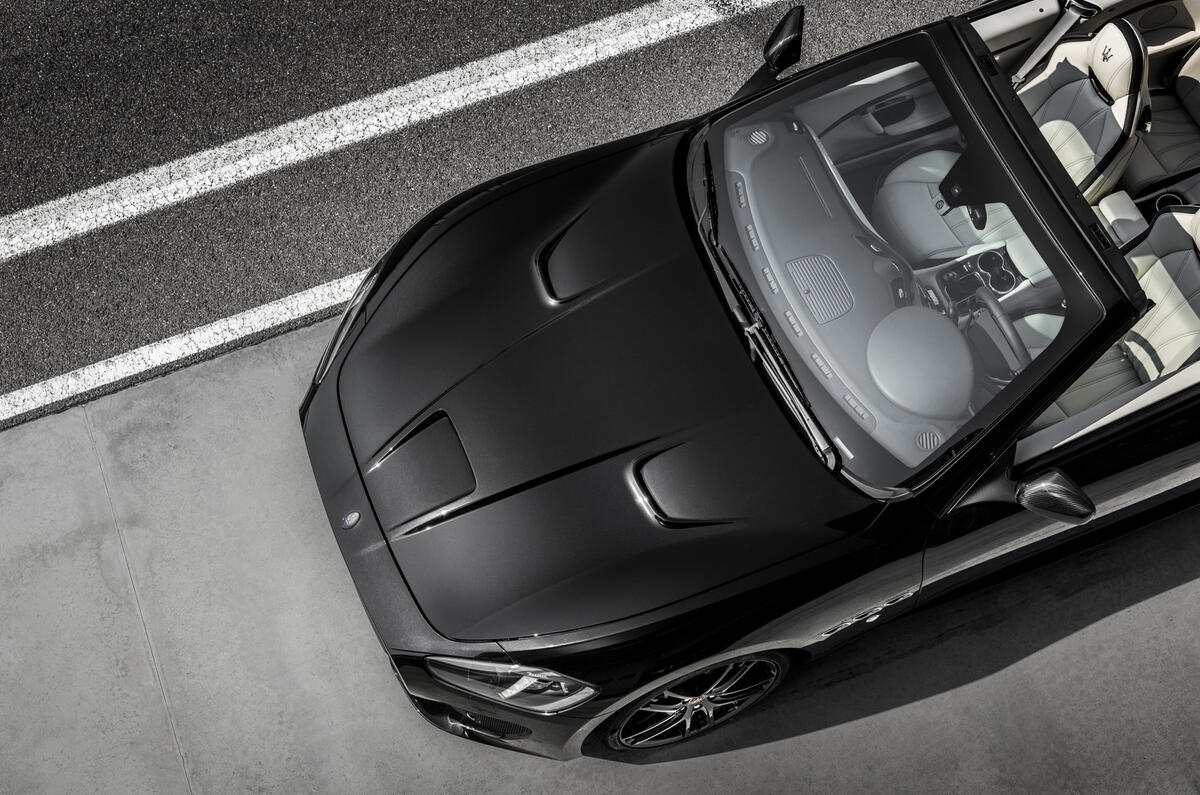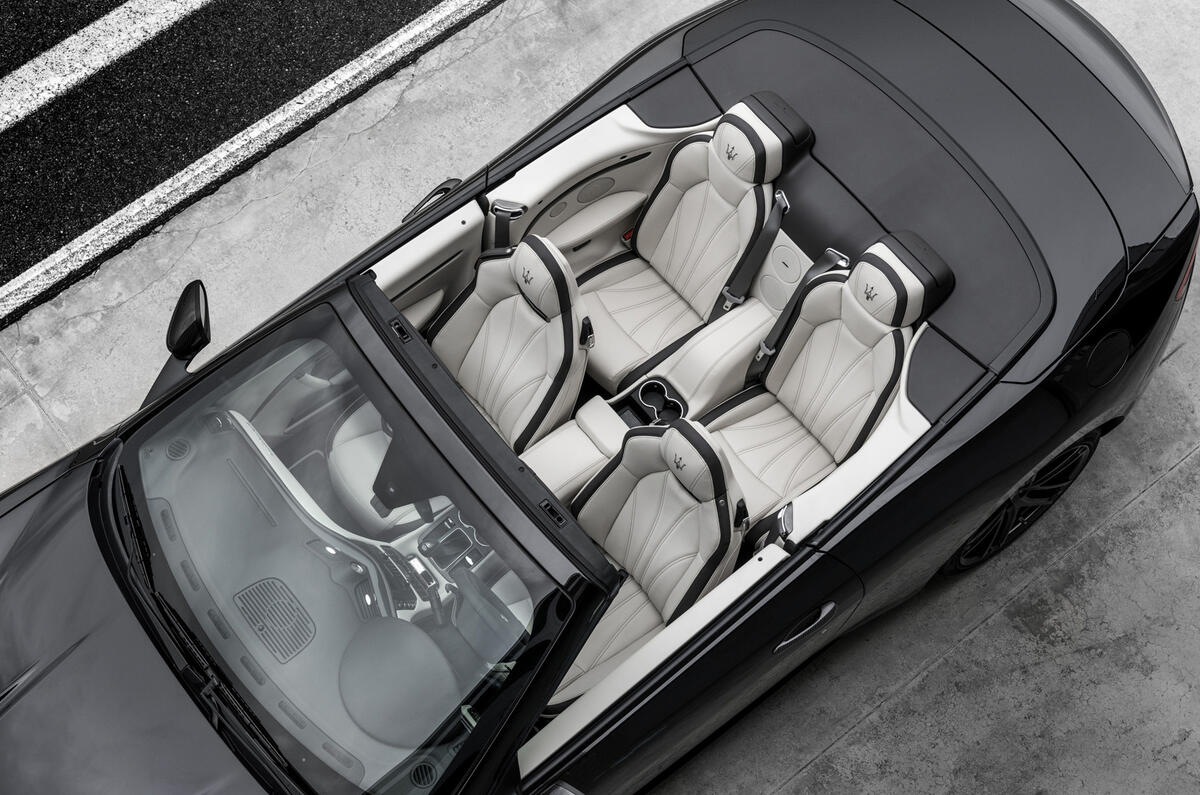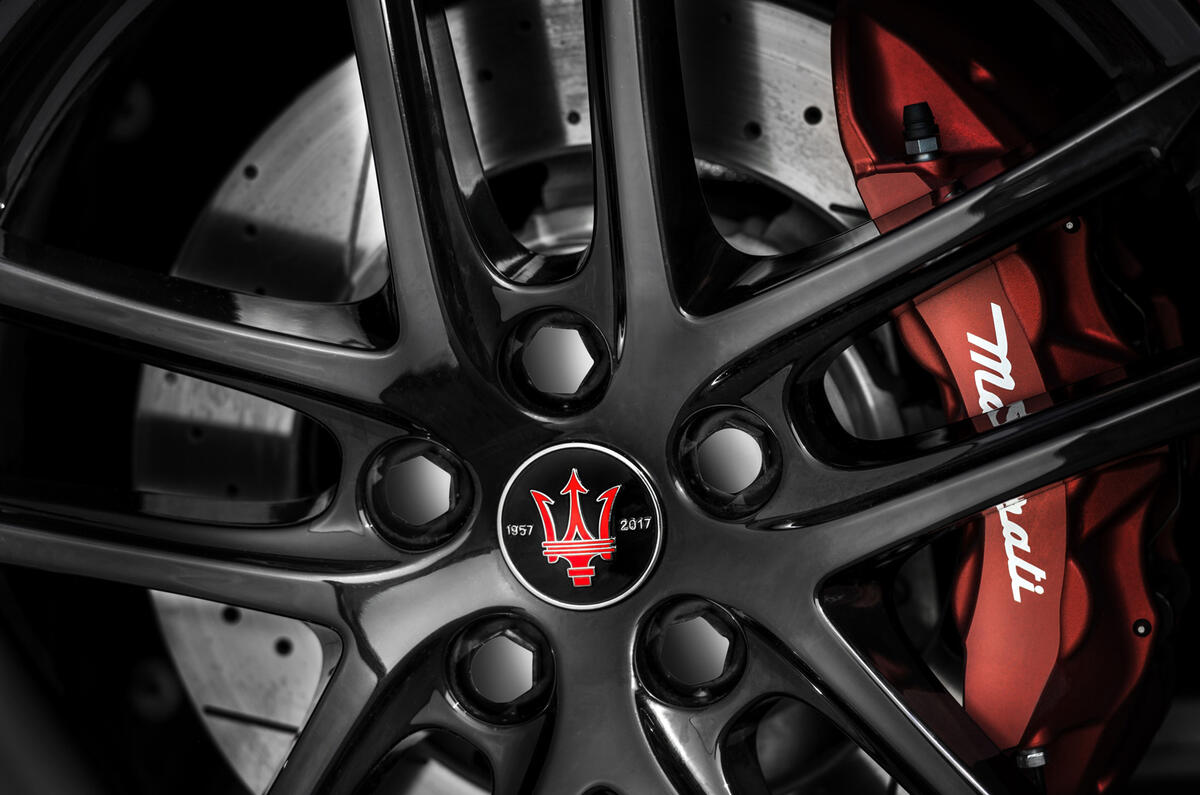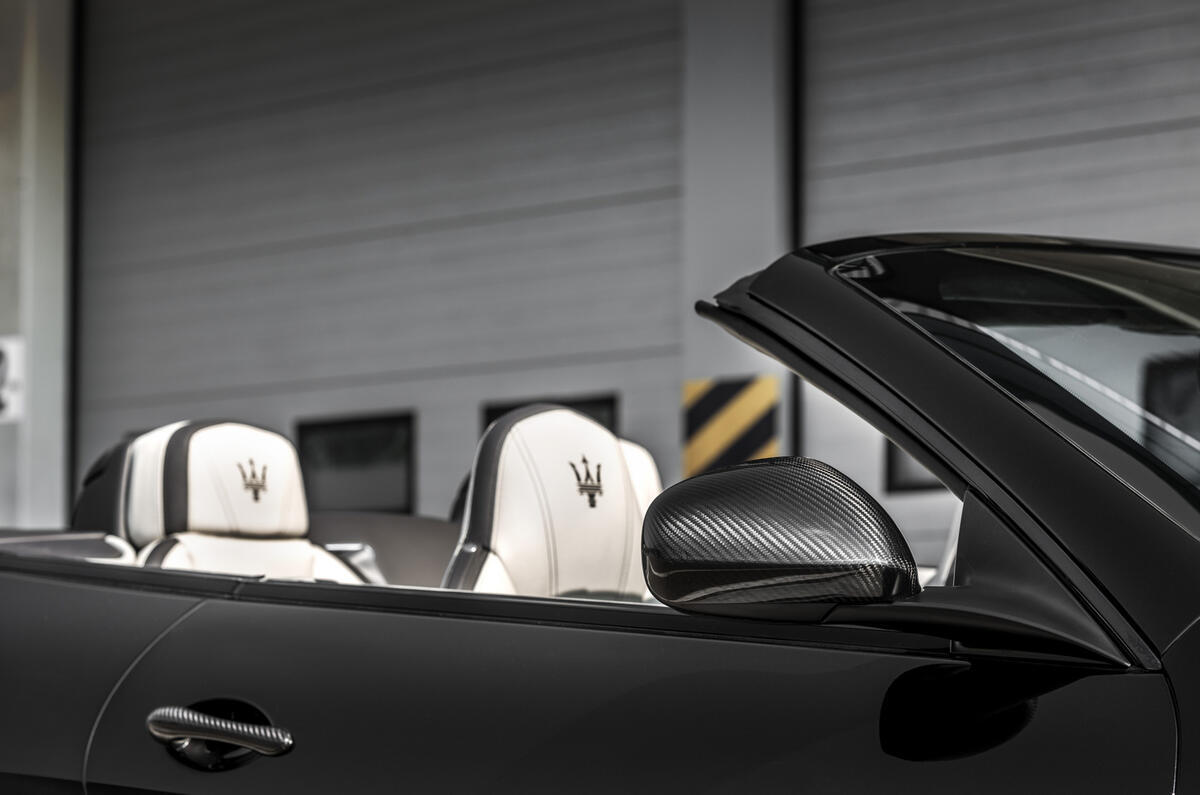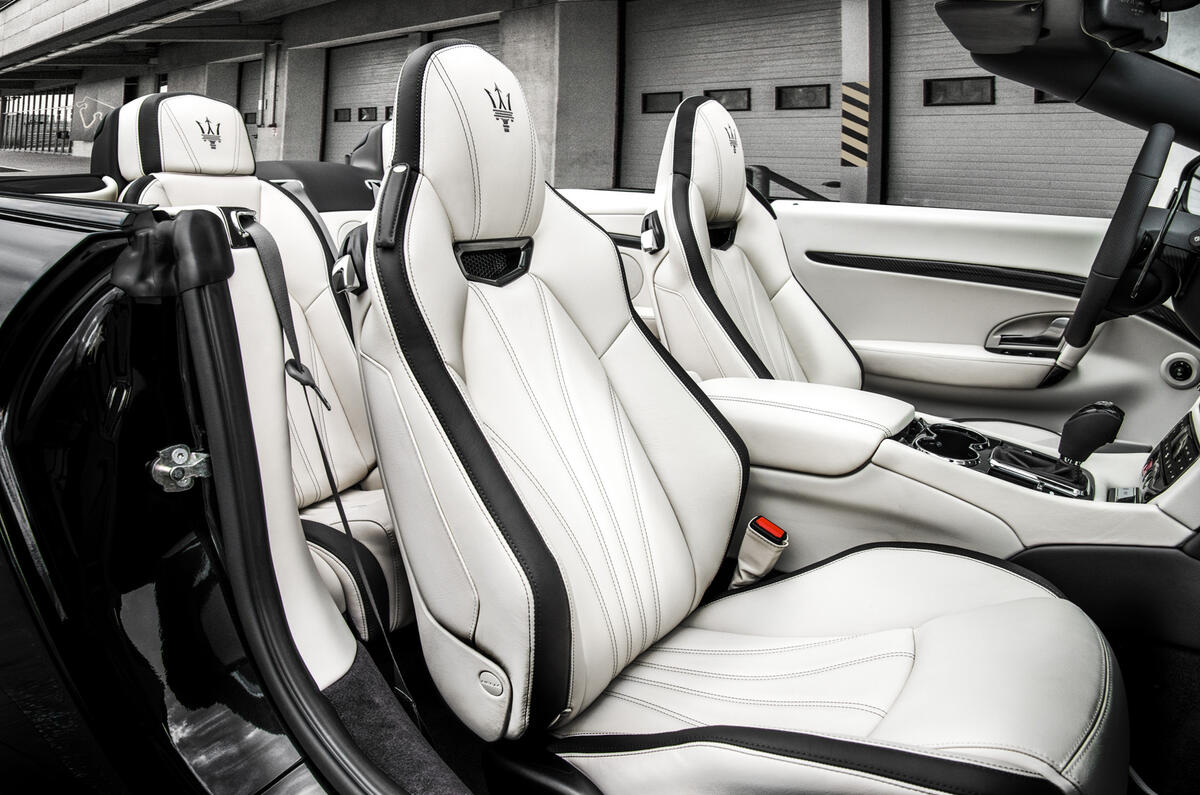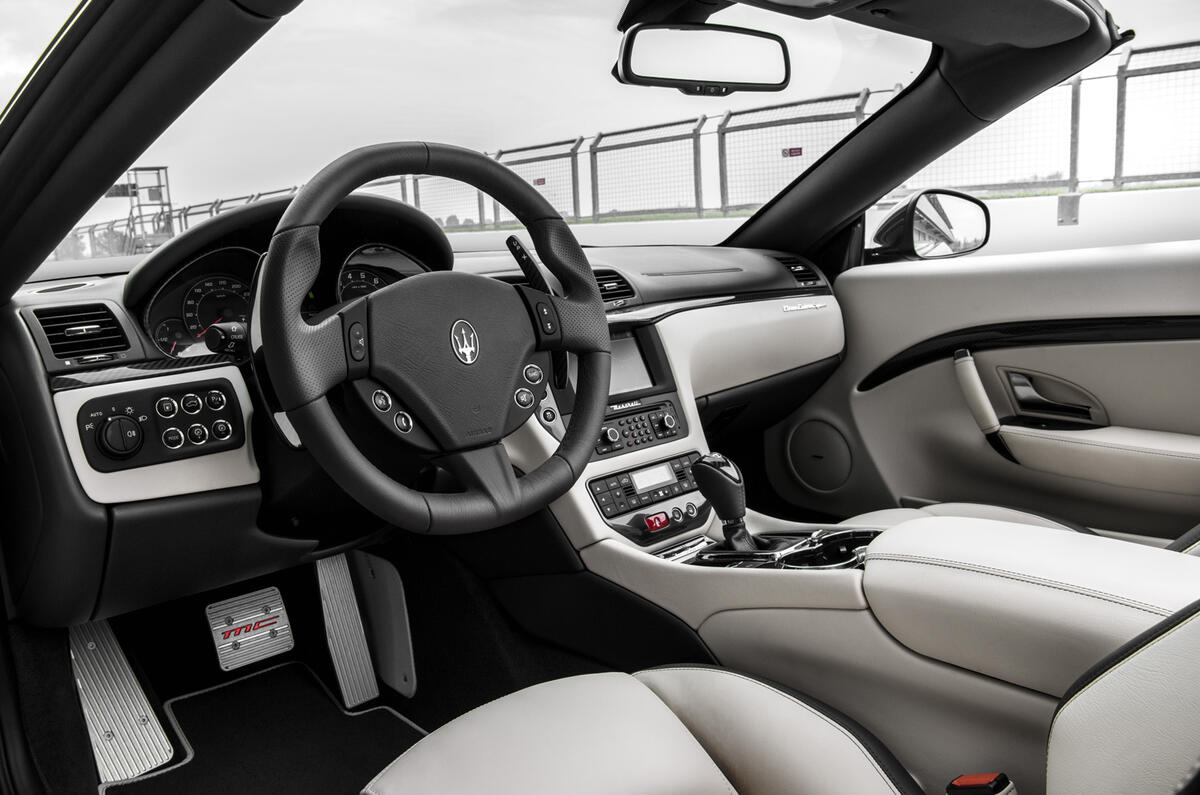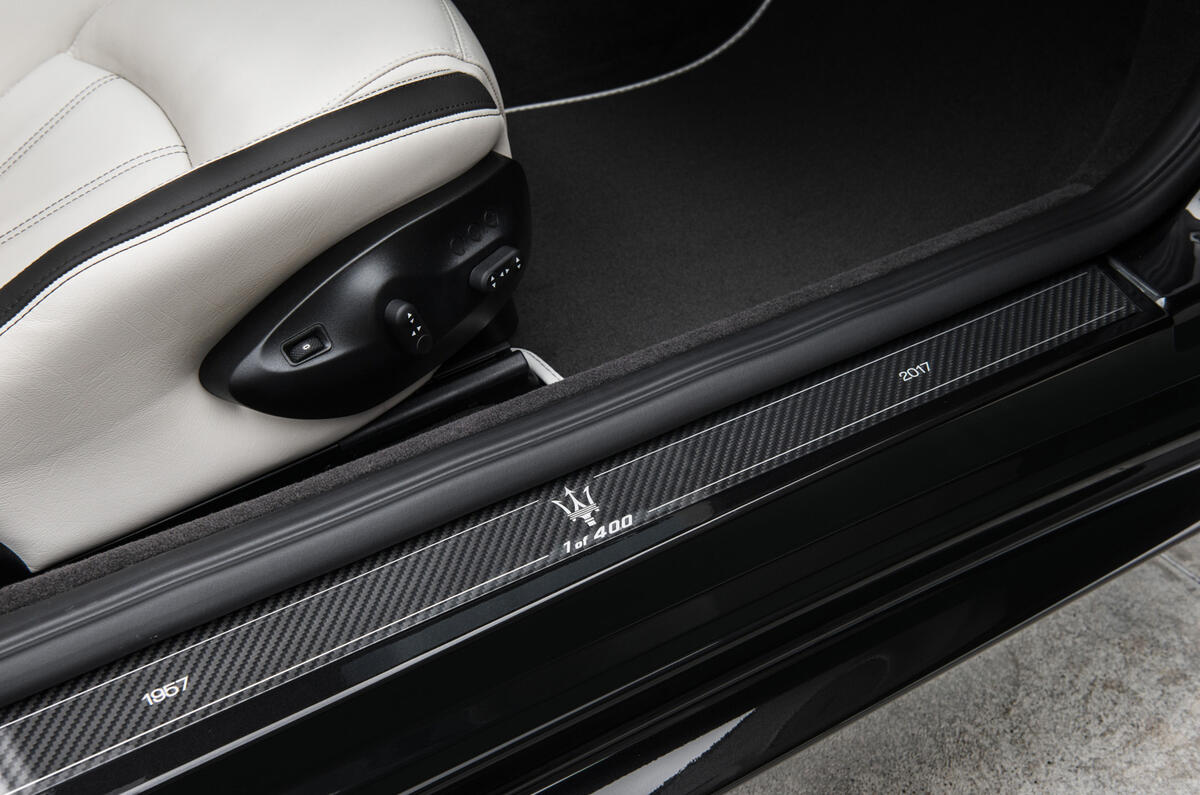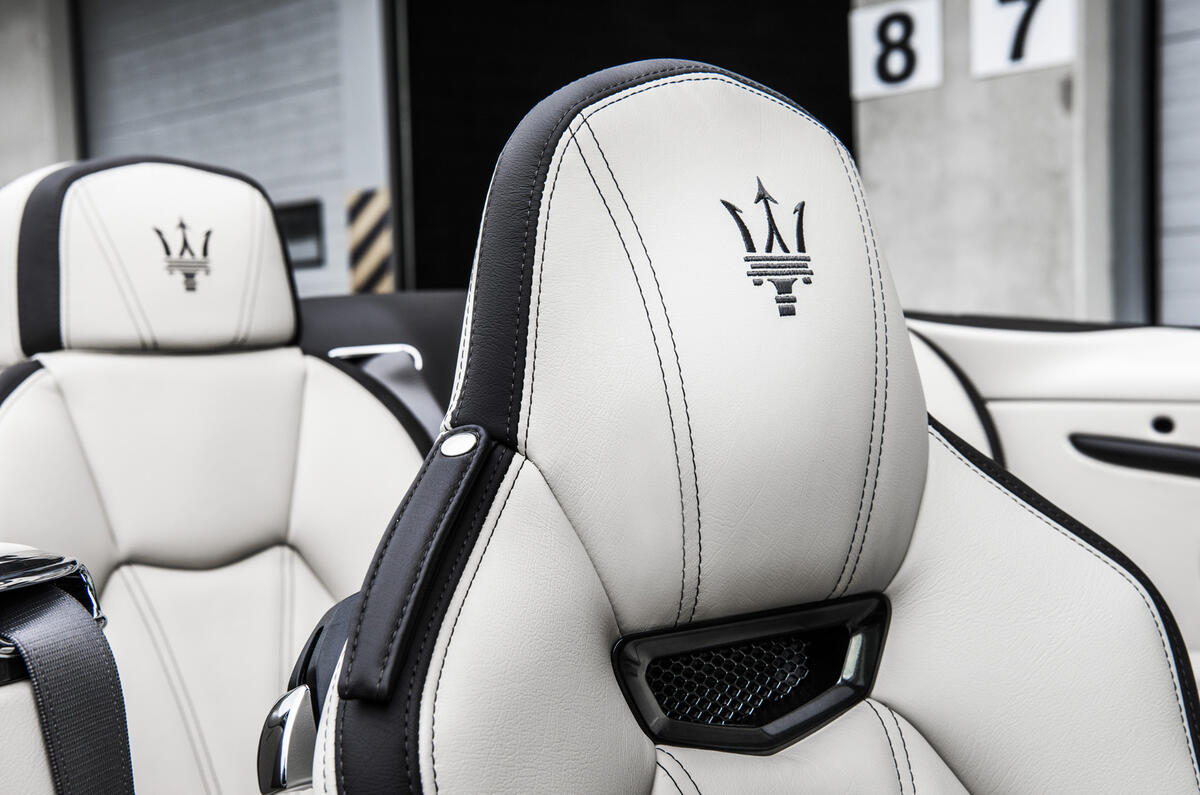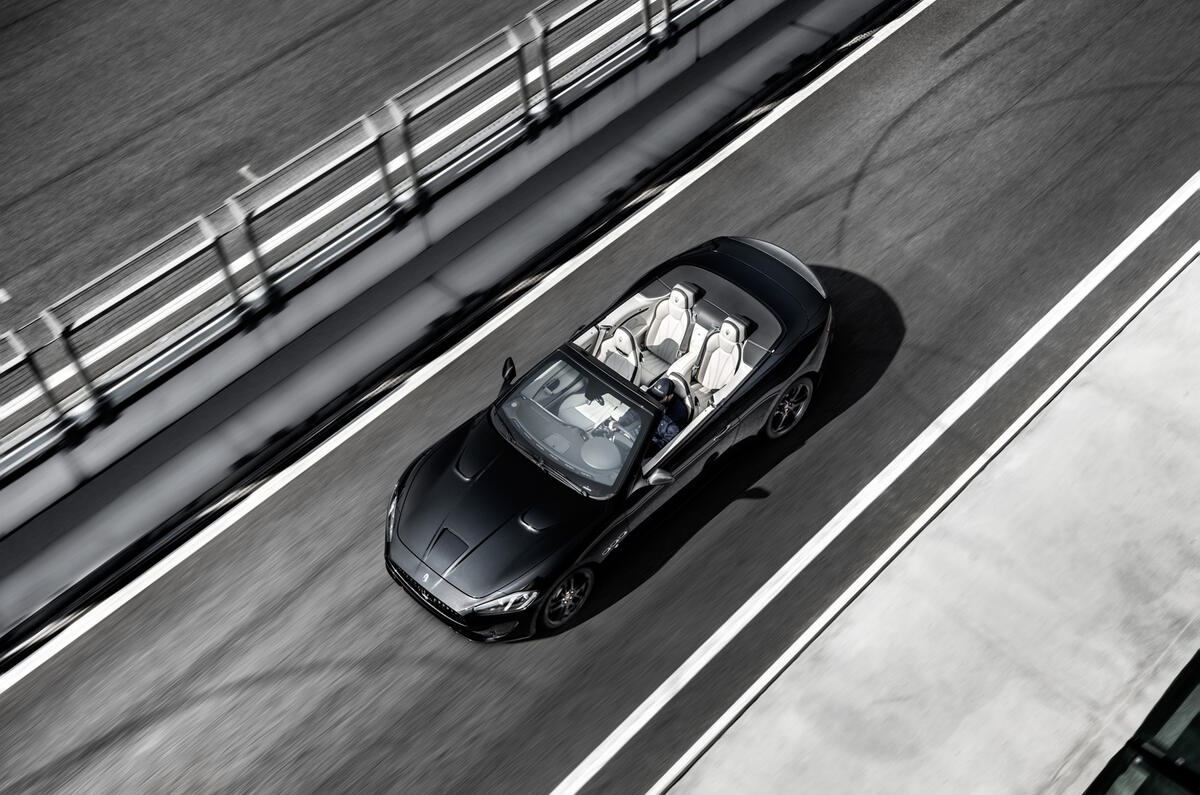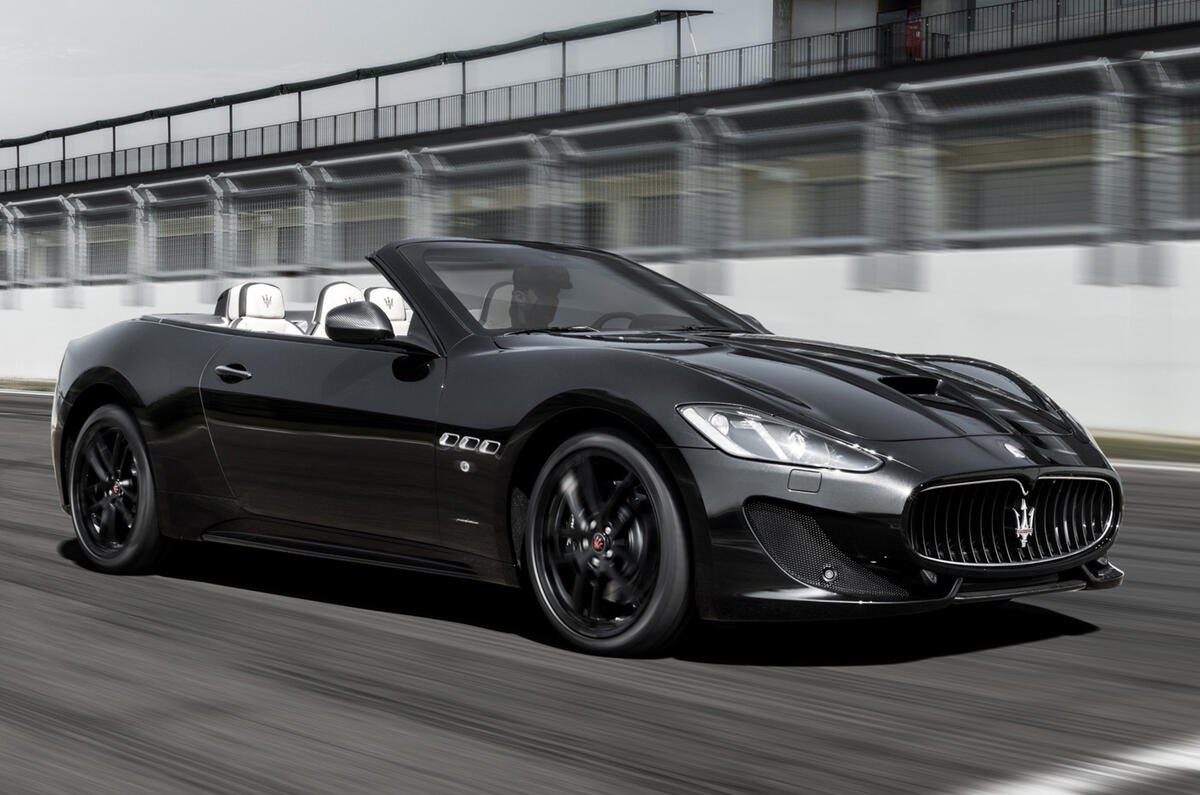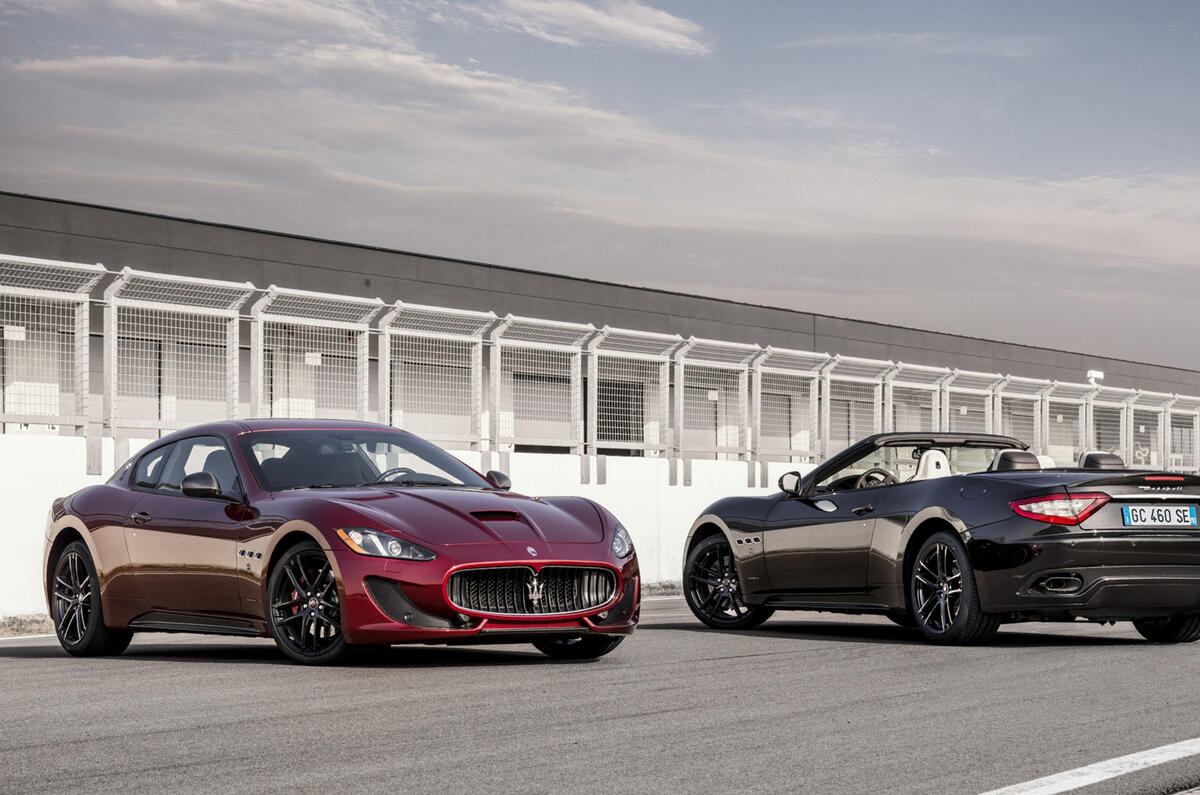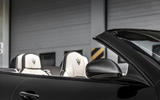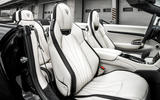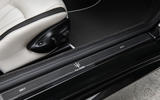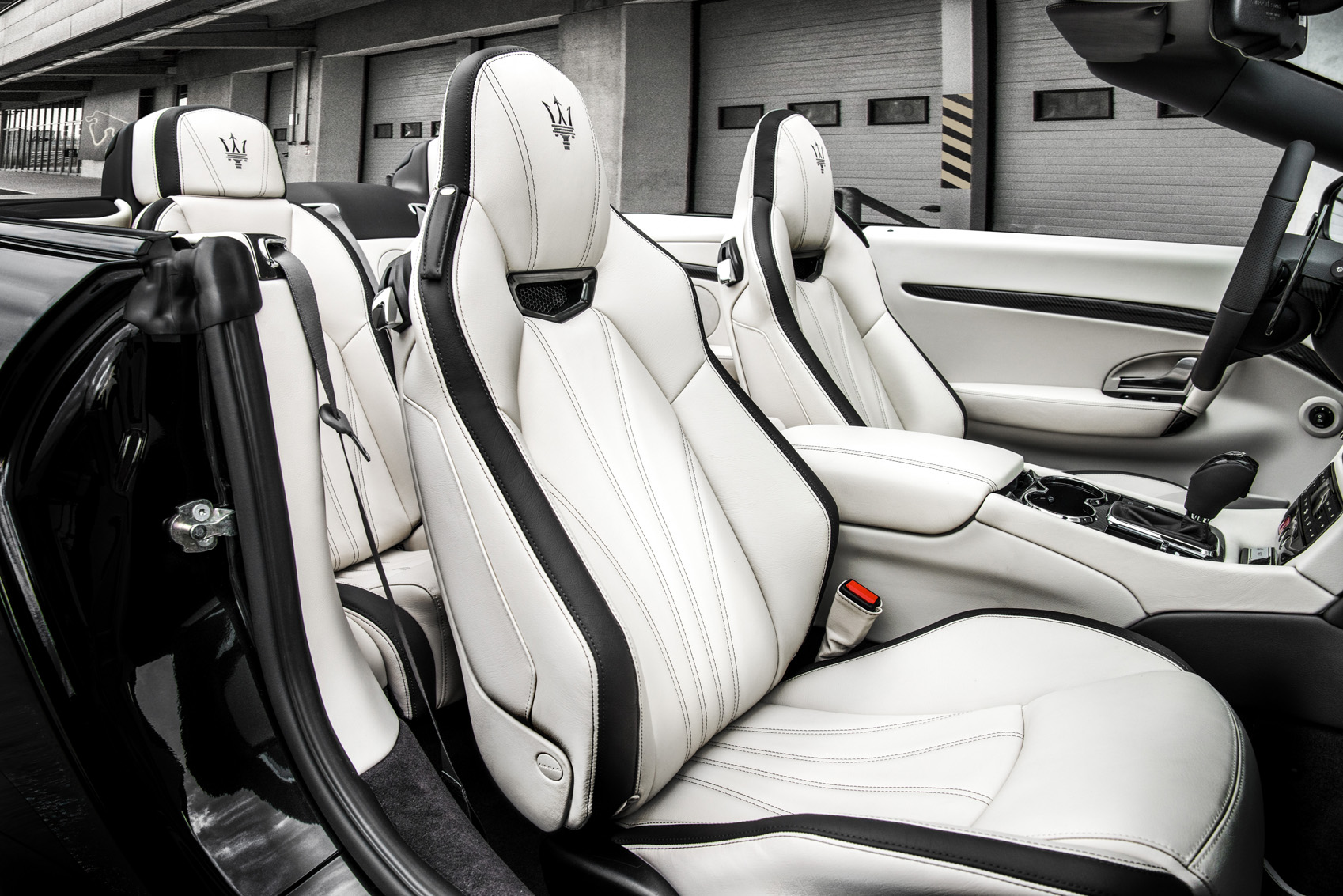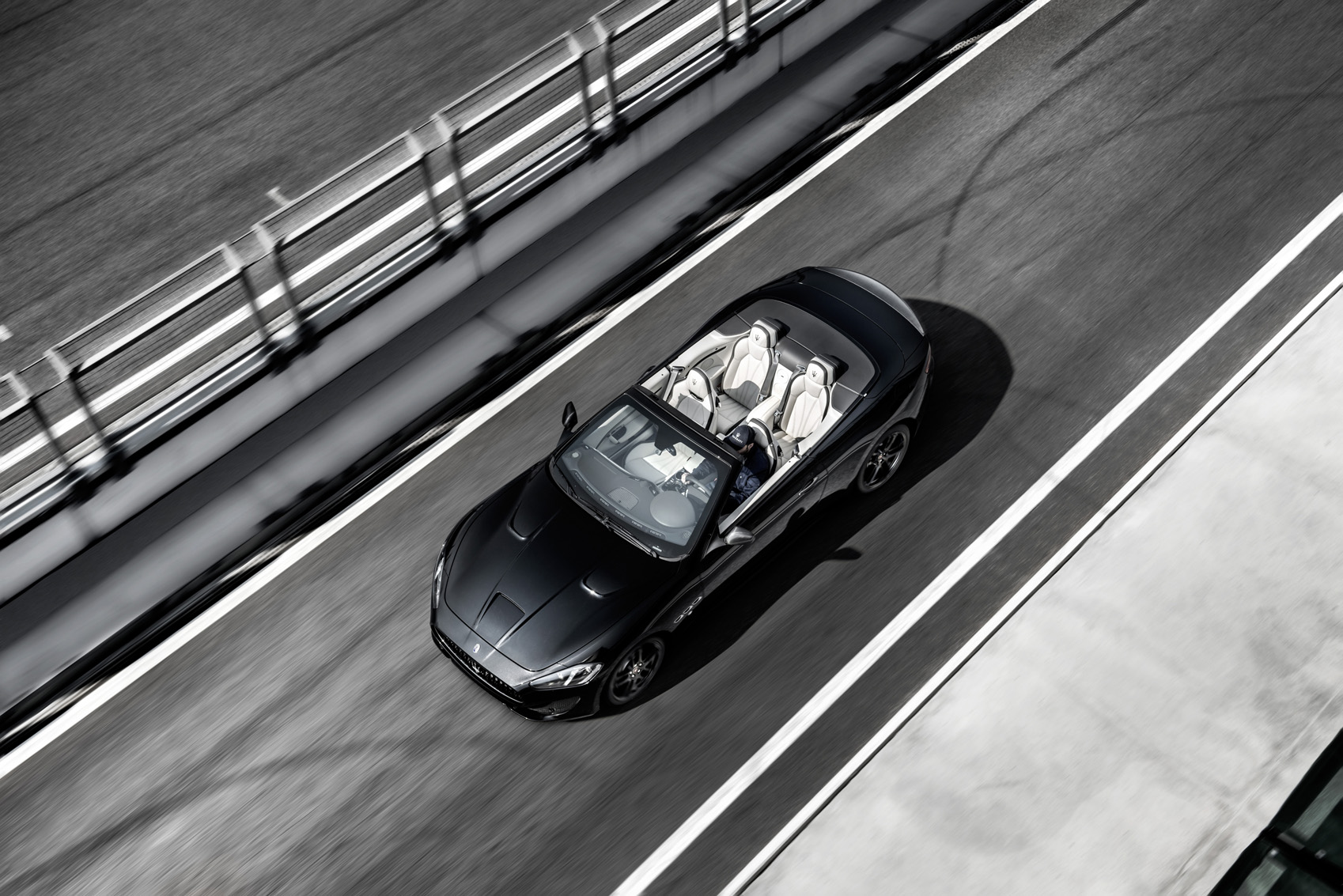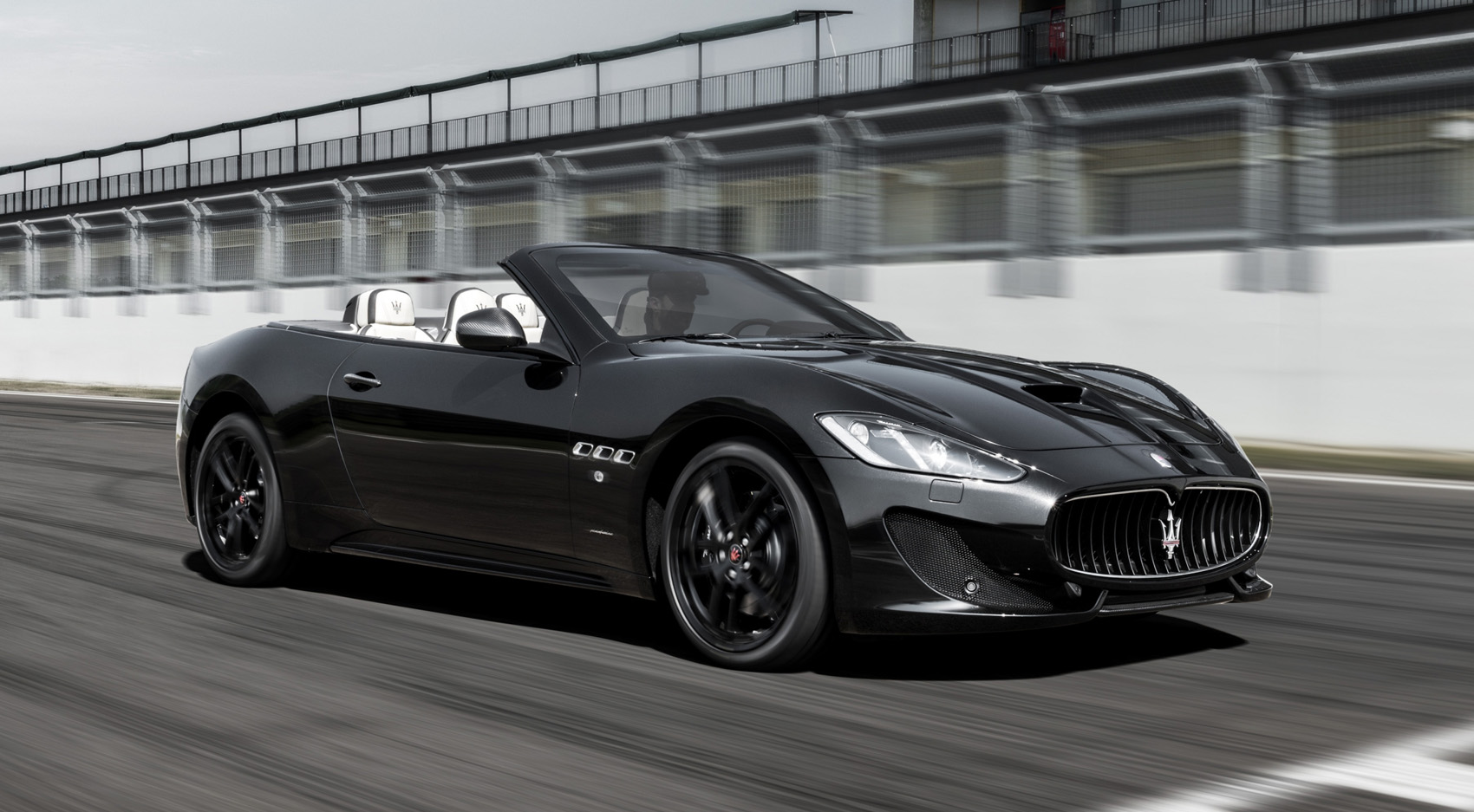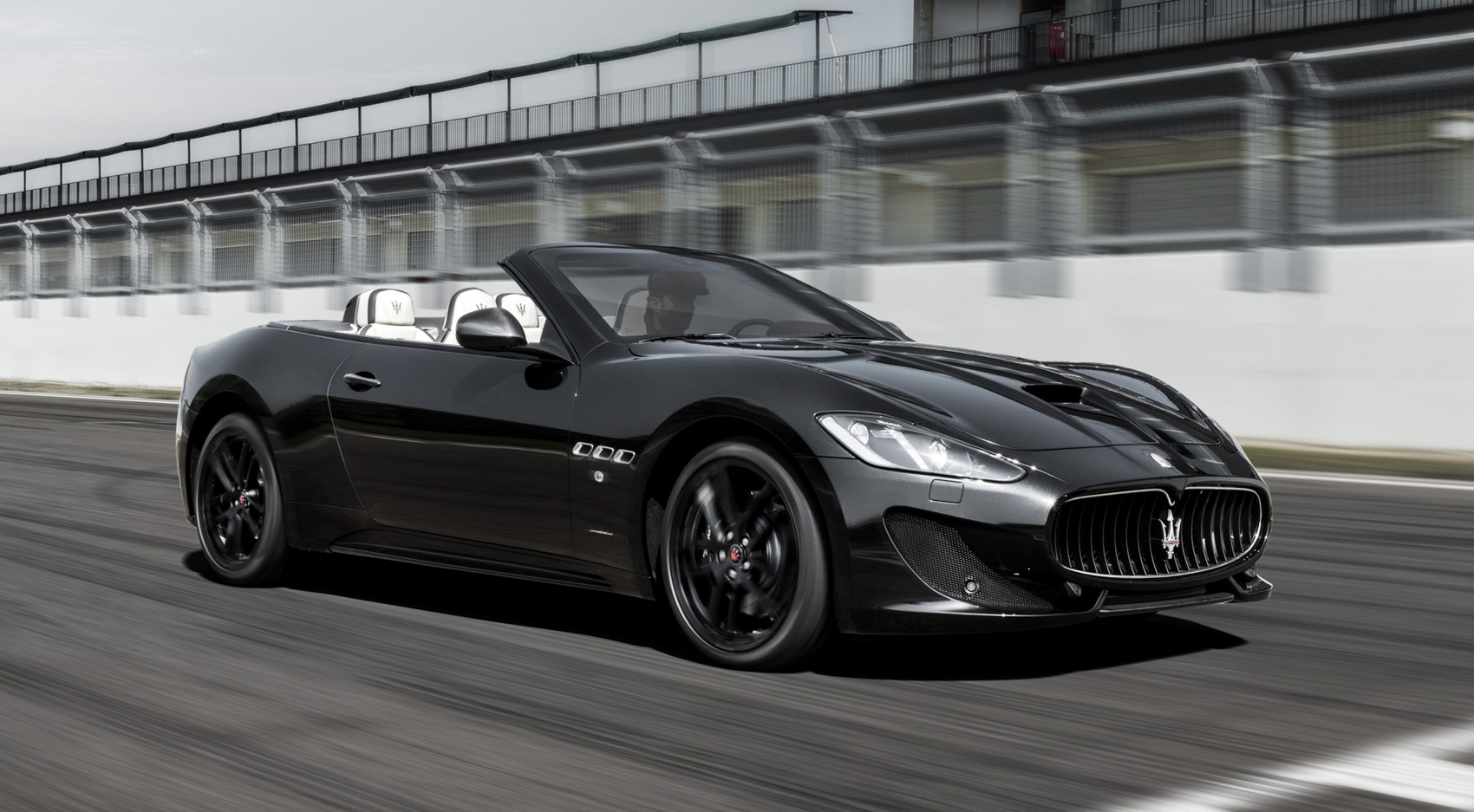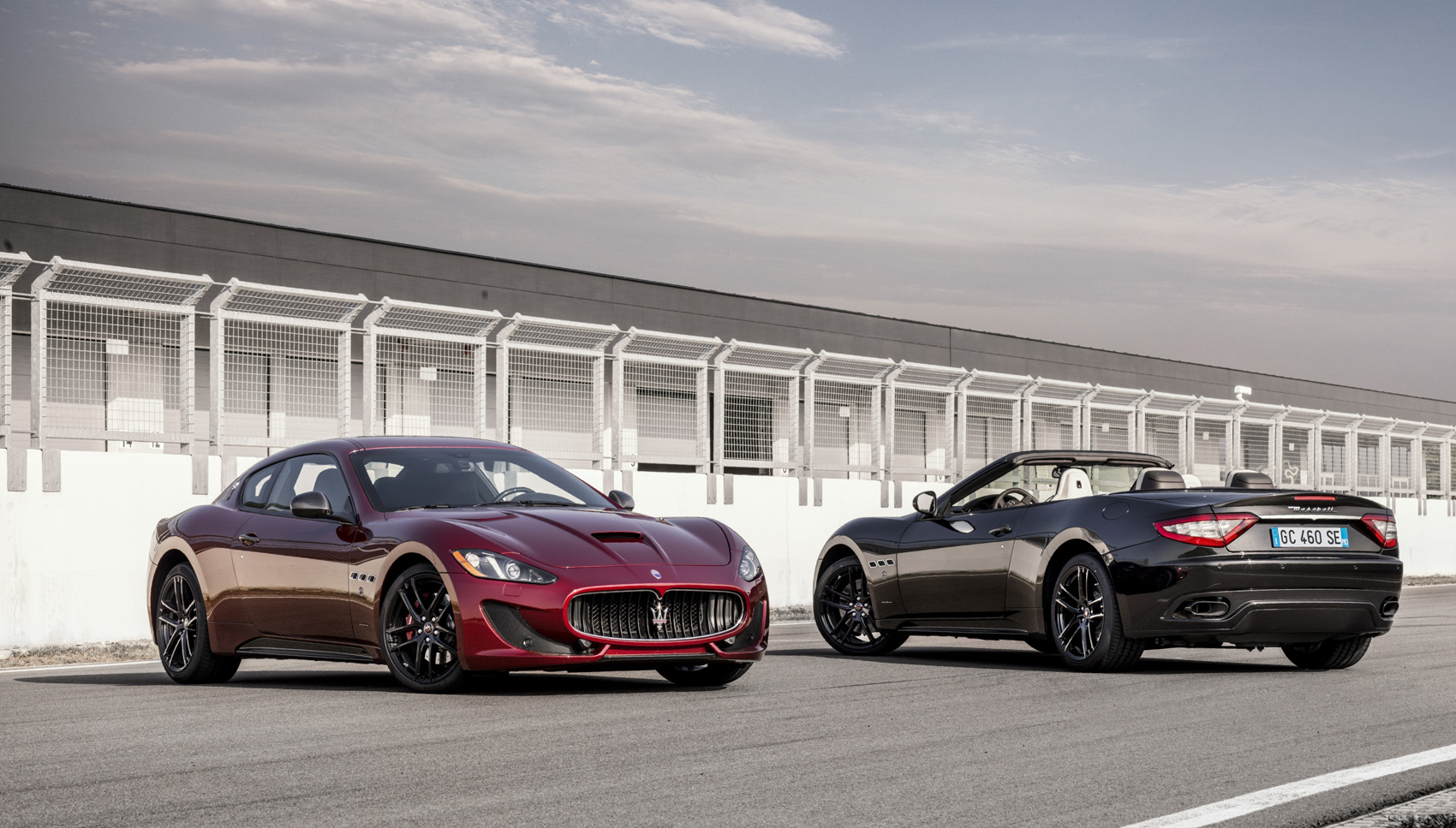The last convertible car that Maserati produced before the GranCabrio was the Spyder. It was based on the 2001 Coupé and had just two seats.
Before the GranCabrio, the only other four-seat convertible Maseratis were produced by two coachbuilding firms in the 1930s. The Italian firm Castagna and British company RAG Patents both used Maserati’s 26M as the starting point for their convertibles.
So officially, this is the first time that Maserati has produced a four-seat convertible. Maserati does have a rich heritage in elegant open-top sports cars, though, stretching back to the 1950s AG6 Frau Spyder.
Such heritage continues with this, the GranCabrio, because whatever talents it may prove to have in other areas, we think you’ll agree that it is a stunning-looking motor car. At least, that was the universal opinion of those we asked.
As the name suggests, the GranCabrio is based on the GranTurismo. The coupé is available with either a 4.2 or a 4.7-litre V8, and a choice of a conventional automatic or automated manual gearbox.
However, there is just one GranCabrio engine/gearbox combo: a 4.7-litre automatic. However it can be had in standard, more focused Sport or race-inspired MC Stradale trims. The latter draws on the styling of the stripped-out MC Stradale GranTurismo, but with no mechanical changes.


